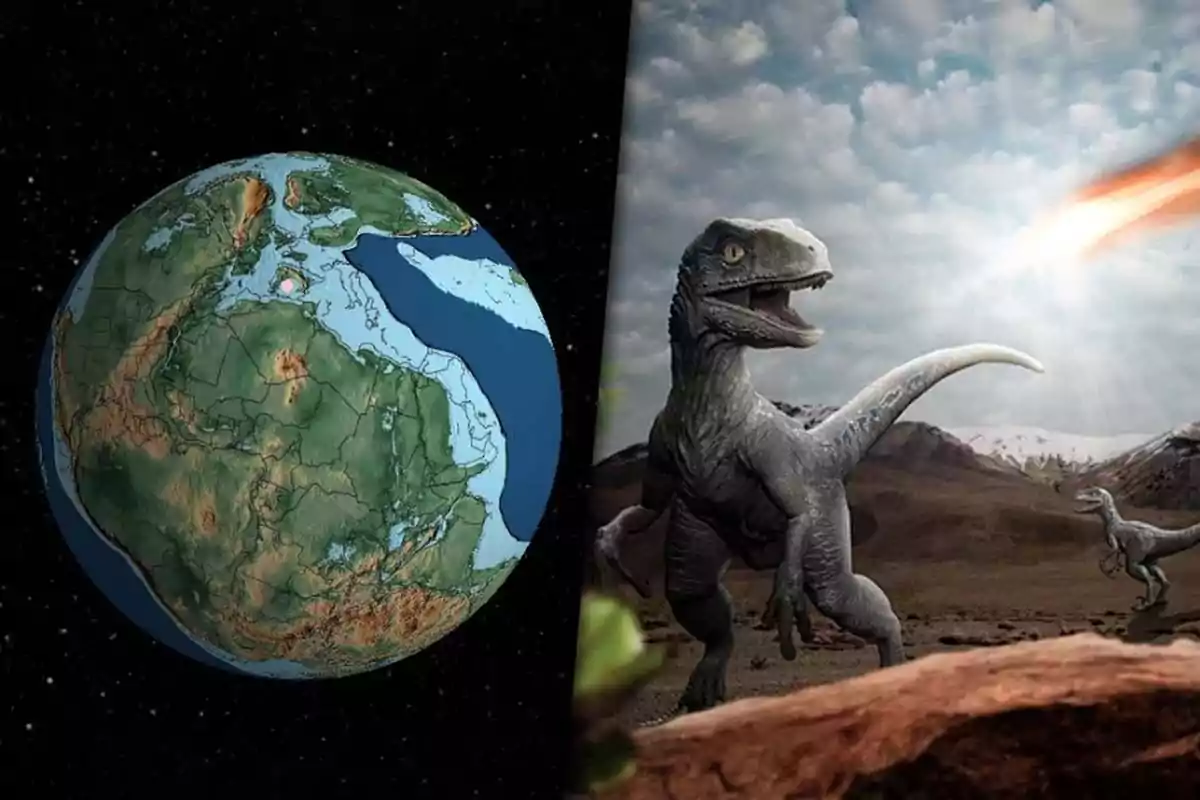
Marine fossils reveal what Earth was like before the extinction of the dinosaurs
Researchers found fossils in Louisiana that reveal the ecosystem prior to the mass extinction
A new paleontological study in Louisiana managed to reconstruct marine environments prior to the mass extinction caused by the Chicxulub asteroid impact.
The findings make it possible to understand how those ecosystems functioned and which species inhabited the seas before the catastrophic event.
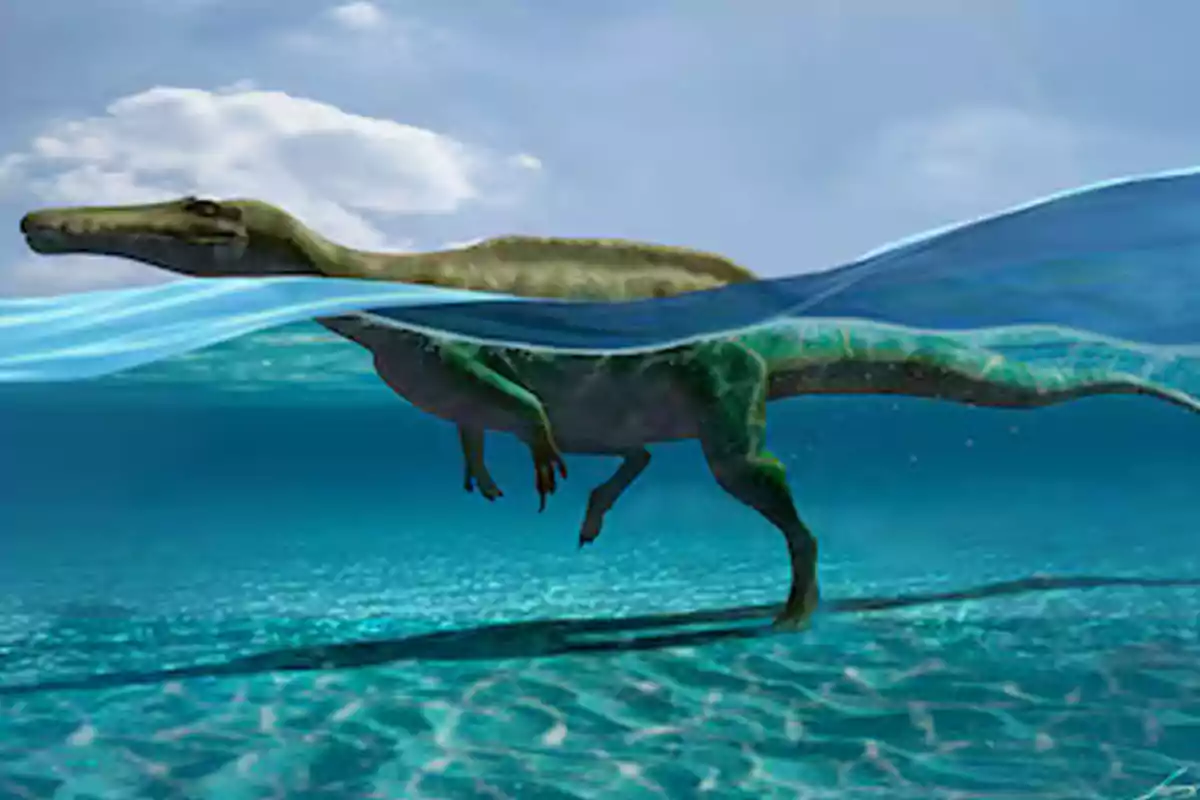
What do the fossils found in Louisiana reveal?
Humidity and sediments make excavations difficult, but researchers managed to recover well-preserved remains that show a rich and diverse marine fauna.
The details were published in the book Vertebrate Fossils of Louisiana, which recounts the local geological history and the influence of extreme events on fossil preservation.
The return of the "sea monsters"
One of the most significant findings was that of mosasaurs, predatory reptiles that exceeded 46 feet (14 meters). While their fossils are abundant in other Gulf states, those found in Bienville Parish are unique.
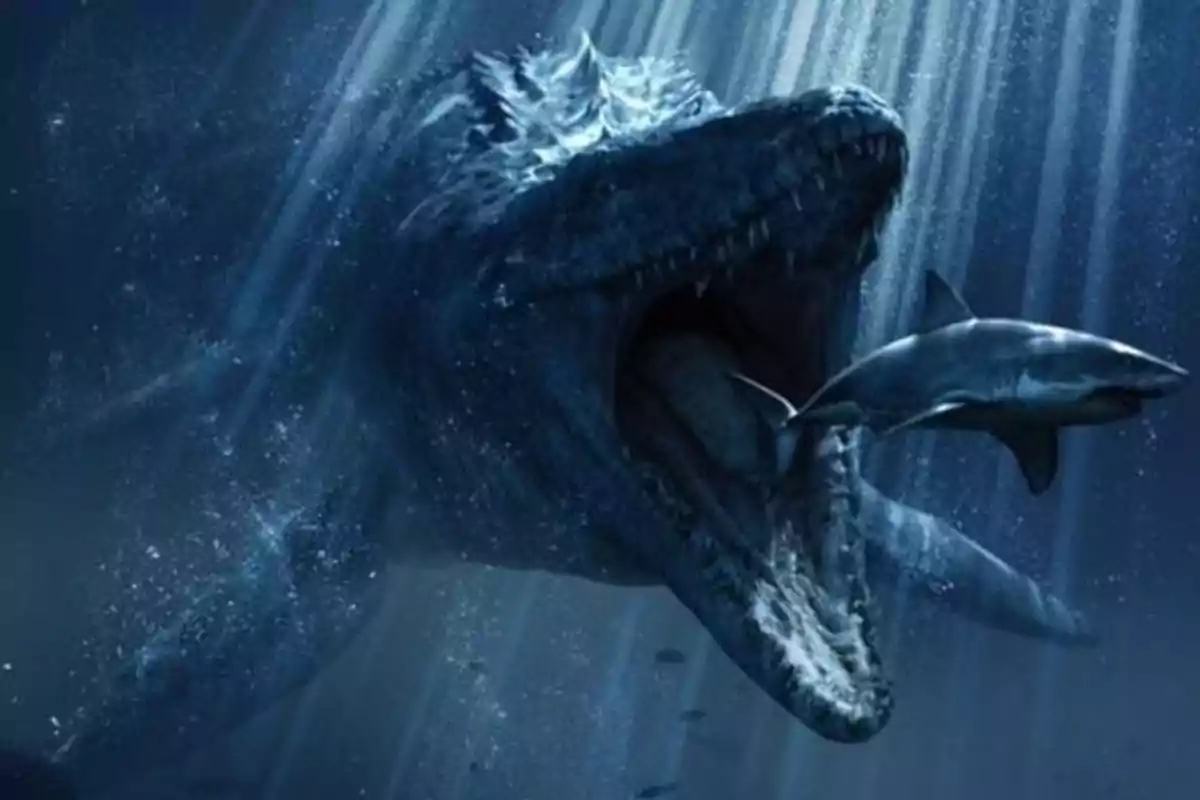
Natural salt domes pushed fossil-laden rocks to the surface, including teeth and vertebrae of mosasaurs from the genus Prognathodon.
Remains of Squalicorax sharks and dromaeosaurid dinosaurs were also recovered. According to scientists, the area was home to a marine ecosystem where "large predators competed and scavenged among themselves."
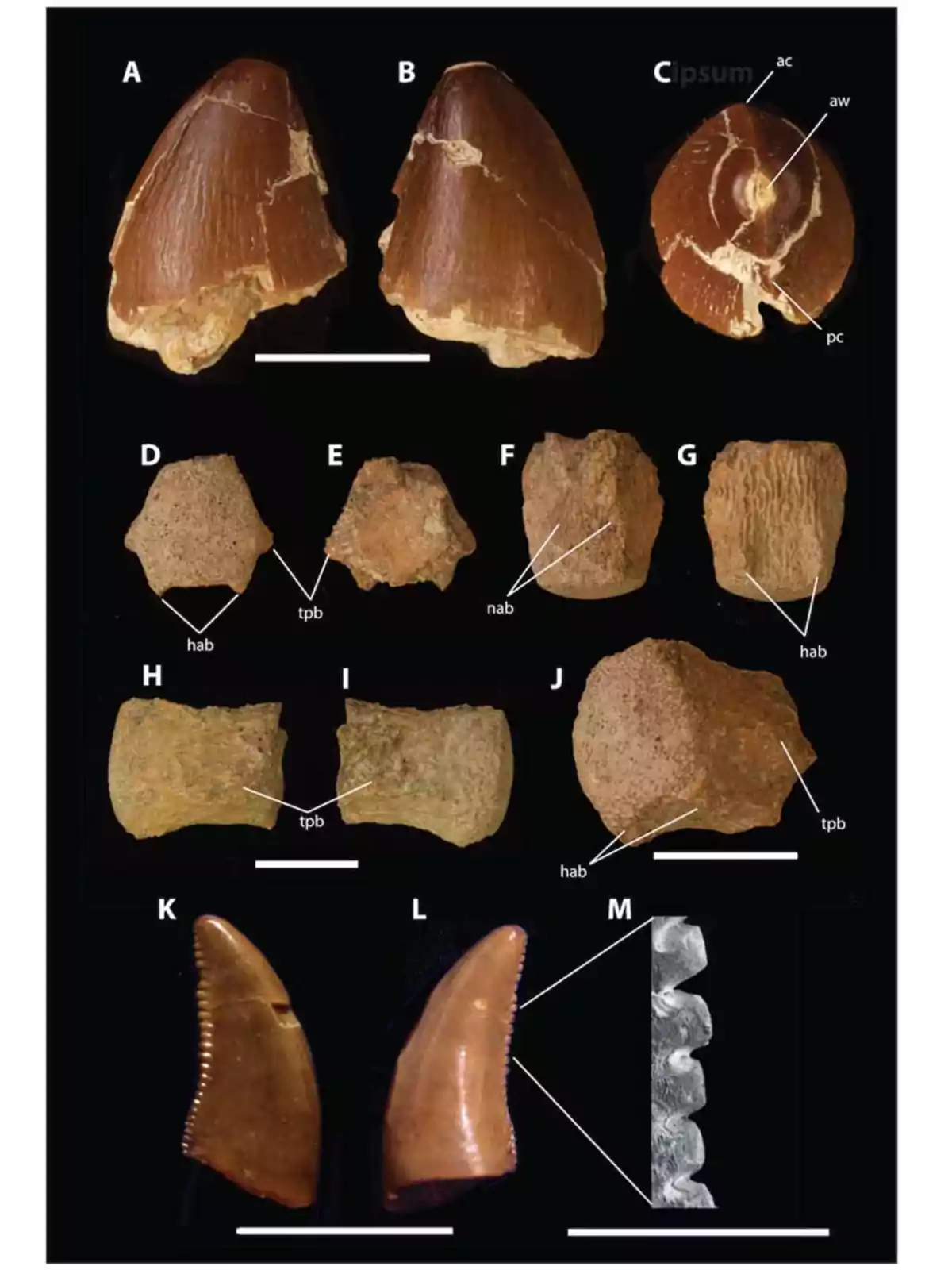
What happened when the asteroid struck?
The impact of an asteroid nearly 6 miles (10 km) wide caused tsunamis, earthquakes, and massive fires, altering the global climate and triggering a chain extinction.
Researchers detected with seismic images fossil mega-ripples, also called "ghost megaripples," up to 52 feet (16 meters) high and more than 1,640 feet (500 meters) apart.
The mark of the global tsunami
These formations would be the largest physical record so far of the tsunami caused by the asteroid. They are a clear mark of the disaster that ended the age of the dinosaurs.
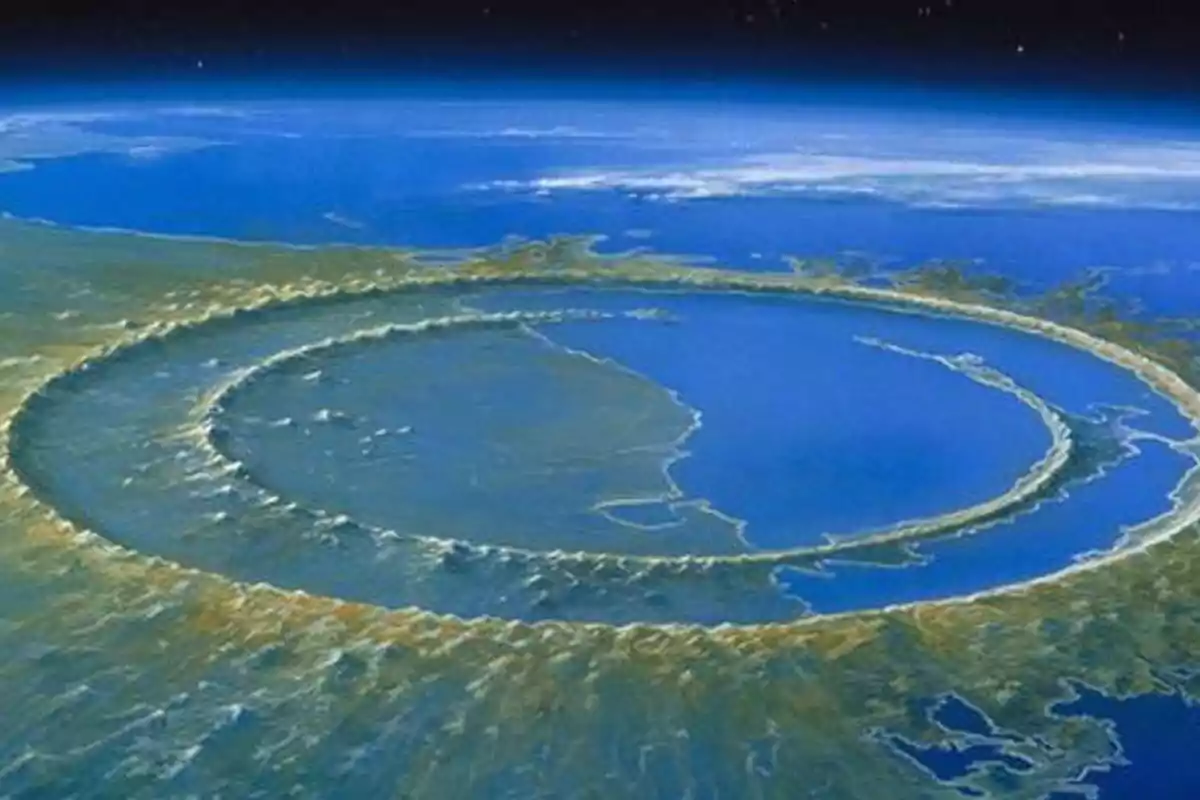
The fossil record shows how a vibrant ecosystem was abruptly interrupted, giving rise to new biological scenarios in the Paleocene.
The rise of mammals after the extinction
With the large reptiles out of the picture, mammals began to expand. One example is the fossil of Anisonchus fortunatus, found in an oil well and dated between 63 and 62 million years ago.
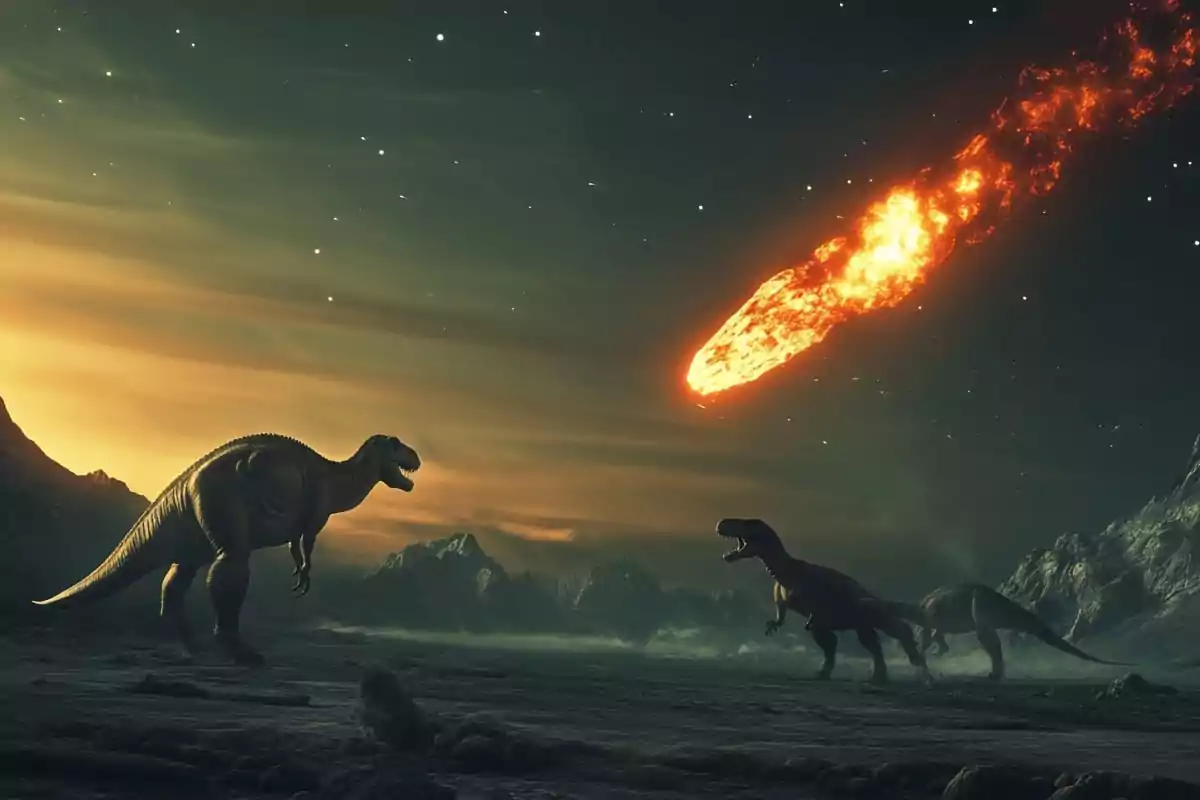
This small ungulate marks the beginning of the dominance of mammals in the region, and helps reconstruct the ecological recovery after the impact.
A fossil puzzle that continues to be assembled
Scientists state that each fossil found becomes a key piece for understanding how life was transformed after the catastrophe.
These discoveries make it possible to connect species across regions and understand the evolution of life on a completely different planet.
More posts: